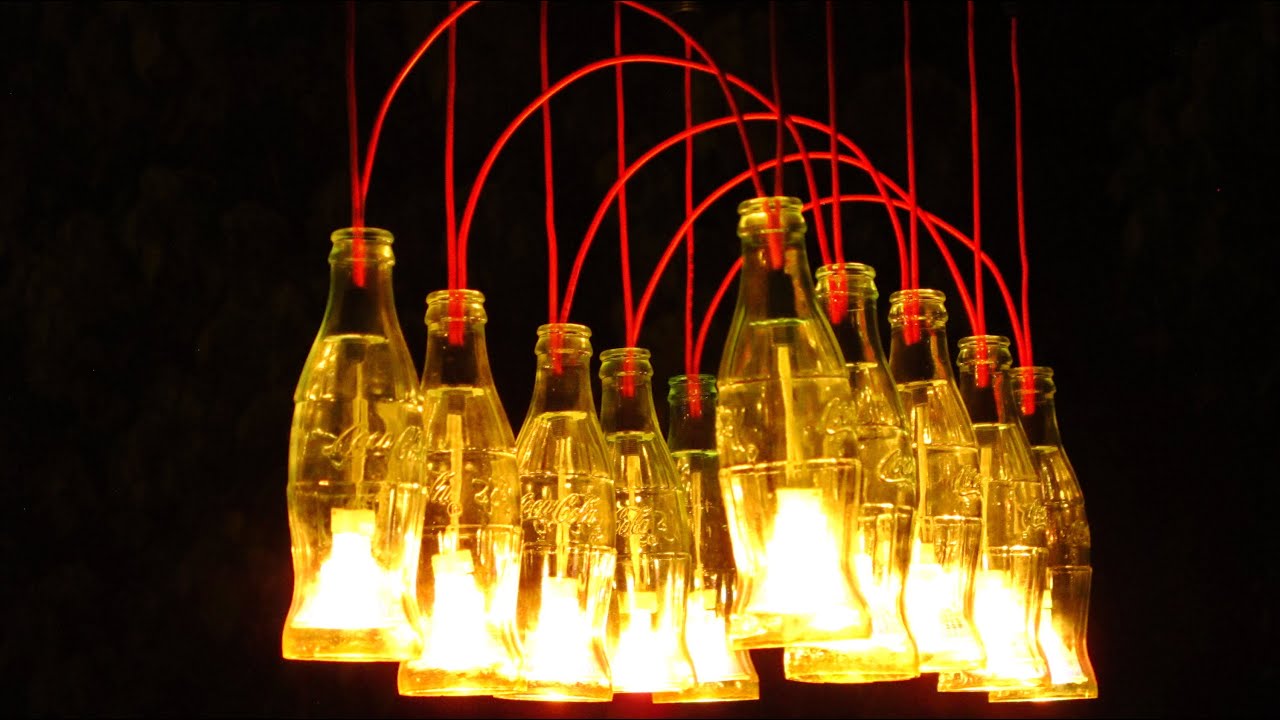

Furniture
How To Make A Chandelier
Modified: February 24, 2024
Learn how to make a stunning chandelier at home with our step-by-step guide. Transform your space with this DIY furniture project.
(Many of the links in this article redirect to a specific reviewed product. Your purchase of these products through affiliate links helps to generate commission for Storables.com, at no extra cost. Learn more)
Introduction
Welcome to the fascinating world of chandeliers! A chandelier is not just an ordinary lighting fixture; it is a statement piece that can transform any space into an elegant and captivating environment. Whether you are looking to add a touch of glamour to your living room, create a romantic ambiance in your bedroom, or make a striking impression in your dining area, a chandelier is the perfect choice.
In this article, we will guide you through the process of making your very own chandelier. By following our step-by-step instructions and utilizing your creativity, you will have a unique and personalized lighting piece that will be the envy of all your guests.
To get started, let’s gather the materials you will need for this project.
Key Takeaways:
- Create your own stunning chandelier with step-by-step guidance, adding elegance and charm to any space. Enjoy the satisfaction of crafting a personalized lighting masterpiece that reflects your creativity and style.
- Transform ordinary materials into a captivating lighting centerpiece. Follow the detailed process to assemble, decorate, and install your custom chandelier, bringing a touch of opulence and sophistication to your home.
Read more: How To Make A Balloon Chandelier
Materials Needed
Before we begin creating your custom chandelier, let’s make sure you have all the necessary materials. Here’s a list of what you’ll need:
- Chandelier frame or base
- Chandelier socket(s)
- Electrical wire
- Wire cutters/strippers
- Light bulb(s)
- Decorative crystals or beads
- Jewelry pliers
- Jump rings
- Chain or cord
- Ceiling canopy
- Wire connectors
- Electrical tape
- Ceiling hook
Make sure to gather these materials before you begin, as it will save you time and ensure a smooth crafting process.
Step 1: Gather Supplies
Before diving into the creation of your chandelier, it’s important to gather all the supplies and tools you’ll need. This will ensure that you have everything on hand and won’t have to pause in the middle of the project to track down missing items.
First and foremost, you’ll need a chandelier frame or base. This will serve as the structure for your chandelier and will determine its overall shape and design. You can find chandelier frames in a variety of styles and sizes, so choose one that aligns with your aesthetic preferences and suits the space where you plan to hang the chandelier.
Next, you’ll need chandelier sockets. These are the holders that will hold the light bulbs in place. Make sure to choose sockets that are compatible with the type of light bulbs you intend to use.
In addition to the frame and sockets, you’ll also need electrical wire, wire cutters/strippers, light bulbs, decorative crystals or beads, jewelry pliers, jump rings, chain or cord, a ceiling canopy, wire connectors, electrical tape, and a ceiling hook. These supplies will help you to assemble and embellish your chandelier.
Once you have gathered all the necessary supplies, you’ll be ready to begin the actual construction of your chandelier. Make sure you have a clear workspace and all the tools are within reach. With everything in place, you’re set to move onto the next step: preparing the base of your chandelier.
Step 2: Prepare the Base
Now that you have all your supplies ready, it’s time to start preparing the base of your chandelier. This step is crucial as it sets the foundation for the entire structure. Follow these instructions carefully to ensure a stable and well-constructed chandelier.
Begin by attaching the chandelier sockets to the chandelier frame. Depending on the type of sockets you have, this may involve screwing them in or securing them with nuts and bolts. Make sure they are evenly spaced and aligned along the frame to ensure a balanced distribution of light.
Next, it’s time to connect the electrical wiring. Start by cutting the electrical wire into lengths that will reach from the socket to the central wiring point. Use wire cutters/strippers to remove the insulation from the ends of the wires.
Take one wire from each socket and one wire from the central wiring point and twist them together. Secure the connection with a wire connector and wrap it tightly with electrical tape. Repeat this process for each socket, ensuring that all connections are secure.
Once the wiring is complete, attach the ceiling canopy to the chandelier frame. This will hide the electrical wires and provide a neat, finished look. Follow the manufacturer’s instructions for attaching the canopy securely to the frame.
Now that the base of your chandelier is prepared, you’re ready to move on to the next step: assembling the wiring. Stay tuned for step 3, where we’ll guide you through this critical stage of the chandelier-making process.
When making a chandelier, be sure to carefully measure and plan the placement of the lights and crystals to ensure a balanced and visually appealing design.
Step 3: Assemble the Wiring
With the base of your chandelier prepared, it’s time to move on to an essential step: assembling the wiring. This step involves connecting the chandelier sockets to the main wiring, ensuring proper functioning of the lights. Follow these instructions carefully to achieve a safe and functional chandelier.
Begin by attaching the electrical wire from each socket to the main wiring point. Use wire connectors to join the wires securely. Twist the exposed ends of the wires together, insert them into the connector, and tighten the connector with pliers. Make sure the connections are tight and insulated with electrical tape to prevent any electrical hazards.
Next, you’ll need to connect the main wiring to a power source. If you’re comfortable working with electrical wiring, you can connect the chandelier directly to the ceiling wires. However, if you’re unsure or not experienced in electrical work, it’s best to consult a professional electrician to ensure a safe installation.
Ensure that the wiring is neatly organized and secured to the chandelier frame using clips or zip ties. This will prevent loose wires and reduce the risk of any tangling or damage to the electrical components.
Once you have connected the wiring, it’s important to test the chandelier before proceeding. Install light bulbs into the sockets and turn on the power to check if all the lights are functioning properly. If any bulbs are not lighting up, double-check the connections and replace the bulbs if necessary.
Remember, safety is of utmost importance when dealing with electrical components. Always turn off the power supply before making any adjustments or handling the wiring.
With the wiring successfully assembled and tested, you’re almost ready to see your chandelier come to life. The next step will guide you through the process of attaching the crystals or beads, adding a touch of elegance and sparkle to your creation. Stay tuned for step 4!
Read more: How To Make A Beaded Chandelier
Step 4: Attach the Crystals
Now that the wiring is properly assembled and functioning, it’s time to add the final touch of elegance to your chandelier by attaching the crystals or beads. This step will give your chandelier a glamorous and captivating appearance. Follow these instructions to create a stunning visual display.
Begin by selecting the decorative crystals or beads you want to use. You can choose from a variety of styles, shapes, and sizes to achieve your desired look. Make sure the crystals or beads are compatible with the chandelier frame and will hang securely.
Using jewelry pliers, open a jump ring and slide it through the hole or loop on the crystal or bead. Then, attach the jump ring to a part of the chandelier frame where you want the crystal to hang from. Close the jump ring securely with the pliers, ensuring that the crystal is suspended securely.
Continue this process, attaching the crystals or beads at different points along the chandelier frame. Vary the lengths and arrangements to create a visually appealing and balanced design. You can also mix and match different types of crystals or beads to add texture and interest.
Take your time and step back occasionally to assess the overall look and make adjustments as needed. It may also be helpful to refer to reference images or design inspiration for ideas on how to arrange the crystals or beads.
Once all the crystals or beads are attached, gently shake the chandelier to ensure they are securely in place. If any seem loose, use the pliers to tighten the jump rings or make any necessary adjustments.
Now, step back and admire your beautiful creation! The crystals or beads will catch and reflect the light, adding a touch of sparkle and sophistication to any room. Your personalized chandelier is one step closer to completion.
In the next step, we’ll add the final touches to your chandelier and prepare it for installation. Stay tuned for step 5!
Step 5: Final Touches
Congratulations on reaching the final step of creating your custom chandelier! In this step, we will add the finishing touches to your masterpiece and prepare it for installation. Pay attention to the following details to ensure a polished and professional-looking chandelier.
First, inspect the chandelier frame and crystals to ensure everything is clean and free of dust or fingerprints. Use a soft cloth or duster to gently wipe down the surfaces. This will ensure that your chandelier looks its best when it’s hung up and illuminated.
Next, check the wiring connections one last time to make sure they are secure. Verify that all electrical tape is intact and that there are no exposed wires. Safety is paramount when it comes to electrical components, so take the time to double-check everything.
If desired, you can customize the appearance of your chandelier further by adding decorative elements, such as silk ribbons or fabric shades. These can be attached to the chandelier frame or draped around the base to add a touch of sophistication and complement your interior design style.
Before installation, ensure you have a ceiling hook or another appropriate hanging mechanism ready. The weight of the chandelier will determine the type of support needed, so consult hardware stores or professionals for advice on choosing the appropriate hanging hardware.
Finally, carefully package the chandelier if you plan to transport it for installation elsewhere or if you want to store it for future use. Wrap the crystals in bubble wrap or tissue paper to protect them from damage. Secure any loose components and prepare the chandelier for safe transportation or storage.
Once the necessary preparations are complete, you’re ready to install your chandelier in its intended location. Follow the manufacturer’s instructions for installing the ceiling hook or other hanging hardware securely and consult an electrician for assistance with connecting the chandelier to the power supply.
Stand back, turn on the lights, and take in the magnificent beauty of your handmade chandelier. You have successfully transformed your space with a unique, personalized lighting fixture that will surely captivate and impress anyone who sees it.
Remember, making a chandelier requires patience, attention to detail, and a touch of creativity. But the satisfaction and sense of accomplishment that come with creating your own stunning piece of functional art are well worth it.
Enjoy the radiant and enchanting ambiance that your custom chandelier brings to your home or space. Well done!
Conclusion
Congratulations on completing the journey of creating your very own chandelier! Through careful planning, skillful execution, and a touch of creativity, you have transformed ordinary materials into a stunning lighting centerpiece that adds elegance and charm to any space.
By following the step-by-step instructions in this article, you have learned how to gather the necessary materials, prepare the base, assemble the wiring, attach the crystals or beads, and add the final touches to your chandelier. Each step played a vital role in ensuring the safety, functionality, and visual appeal of your creation.
Not only does your custom chandelier provide illumination, but it also serves as a work of art that reflects your personal style and taste. The crystals or beads, carefully selected and arranged, catch the light and create a dazzling display that adds a sense of opulence and sophistication to your living space.
Remember, the process of creating a chandelier is as fulfilling as the final result itself. The craftsmanship and attention to detail required to complete this project are a testament to your dedication and passion for design. Your chandelier is a unique expression of your creativity and a showcase of your skilled craftsmanship.
Now that your chandelier is complete, it’s time to enjoy the mesmerizing ambiance it creates. Whether it graces your dining room, entryway, bedroom, or any other area, your chandelier will captivate guests and create awe-inspiring moments.
As you bask in the warm glow of your homemade chandelier, take pride in your accomplishment. You have not only created a functional and beautiful piece of lighting, but you have also embarked on a creative journey that deepens your understanding and appreciation for the art of design.
Thank you for joining us on this exciting chandelier-making adventure. Happy illuminating!
Frequently Asked Questions about How To Make A Chandelier
Was this page helpful?
At Storables.com, we guarantee accurate and reliable information. Our content, validated by Expert Board Contributors, is crafted following stringent Editorial Policies. We're committed to providing you with well-researched, expert-backed insights for all your informational needs.
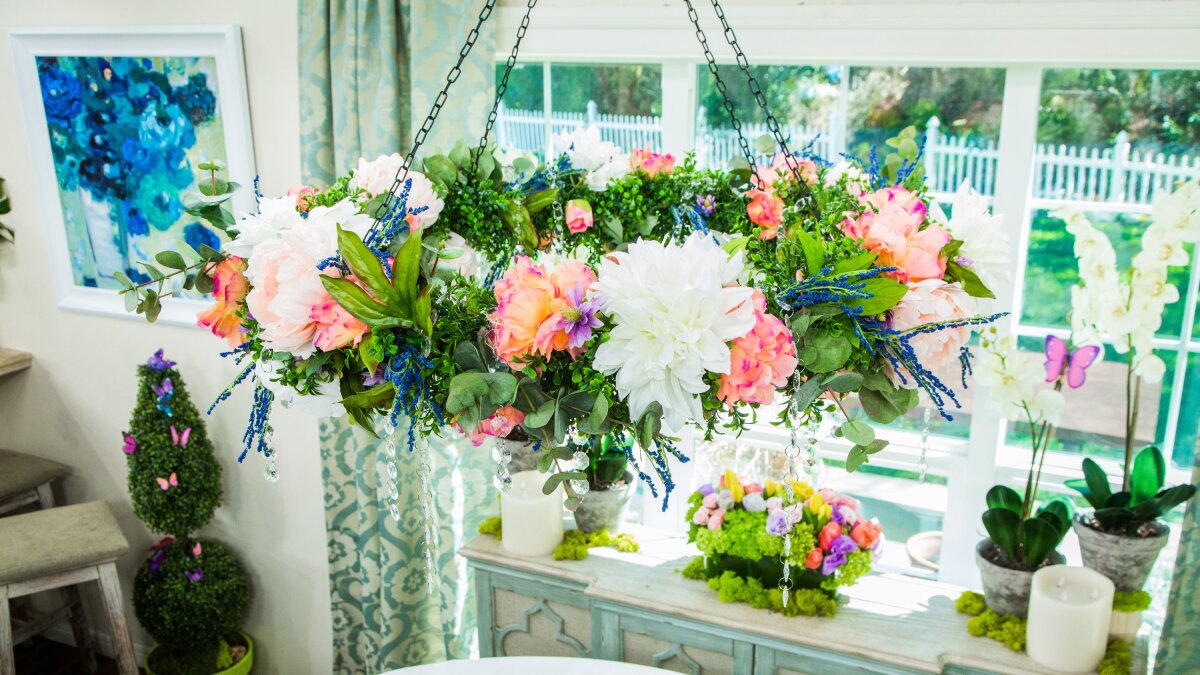
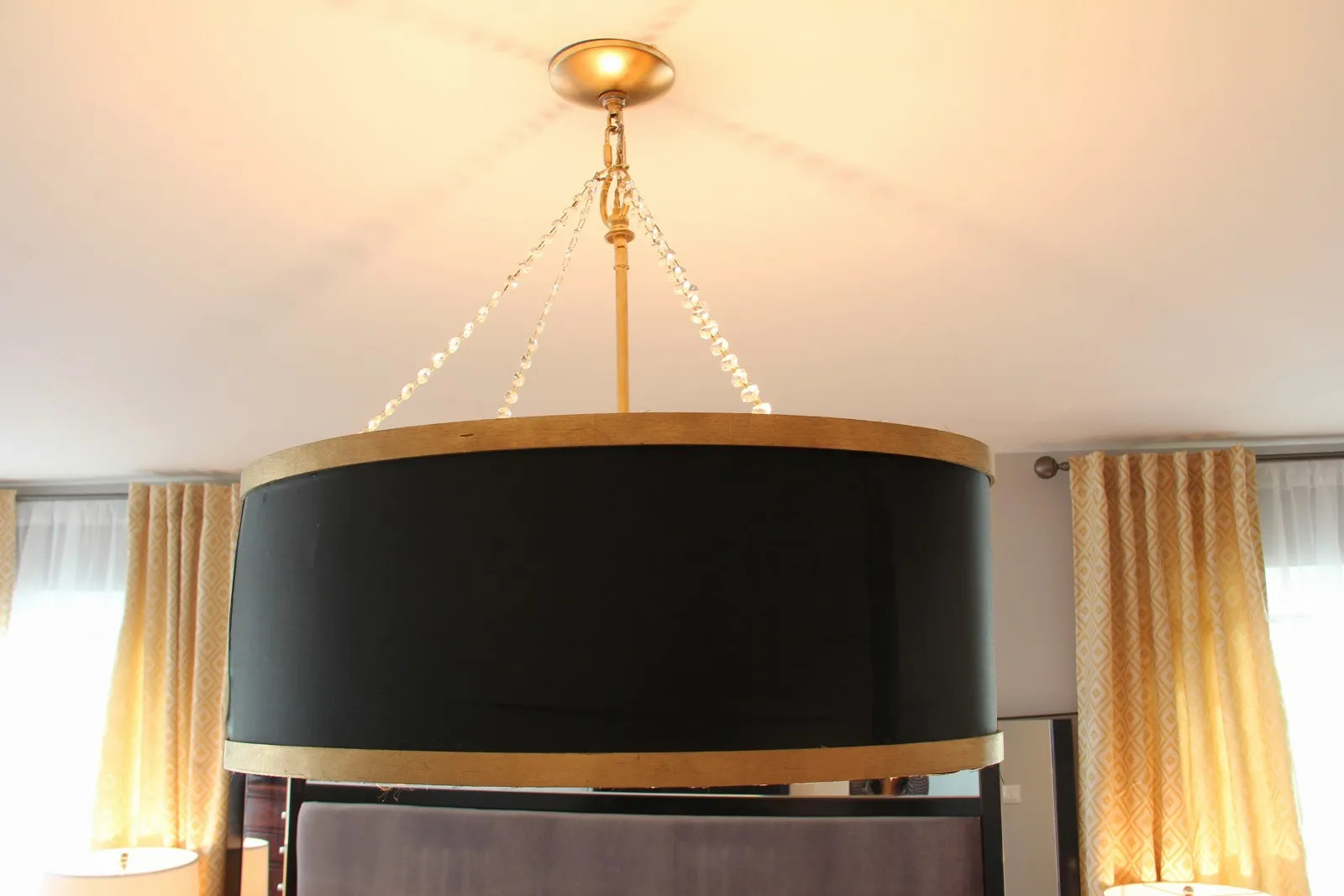
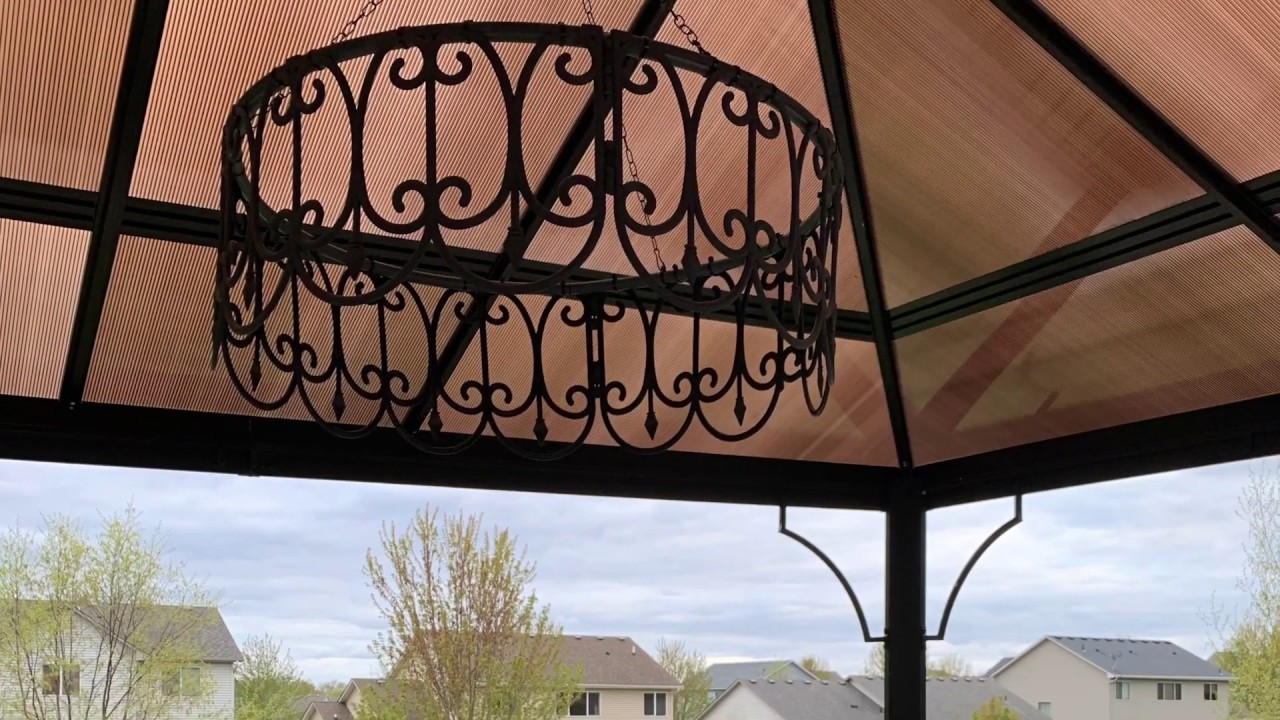
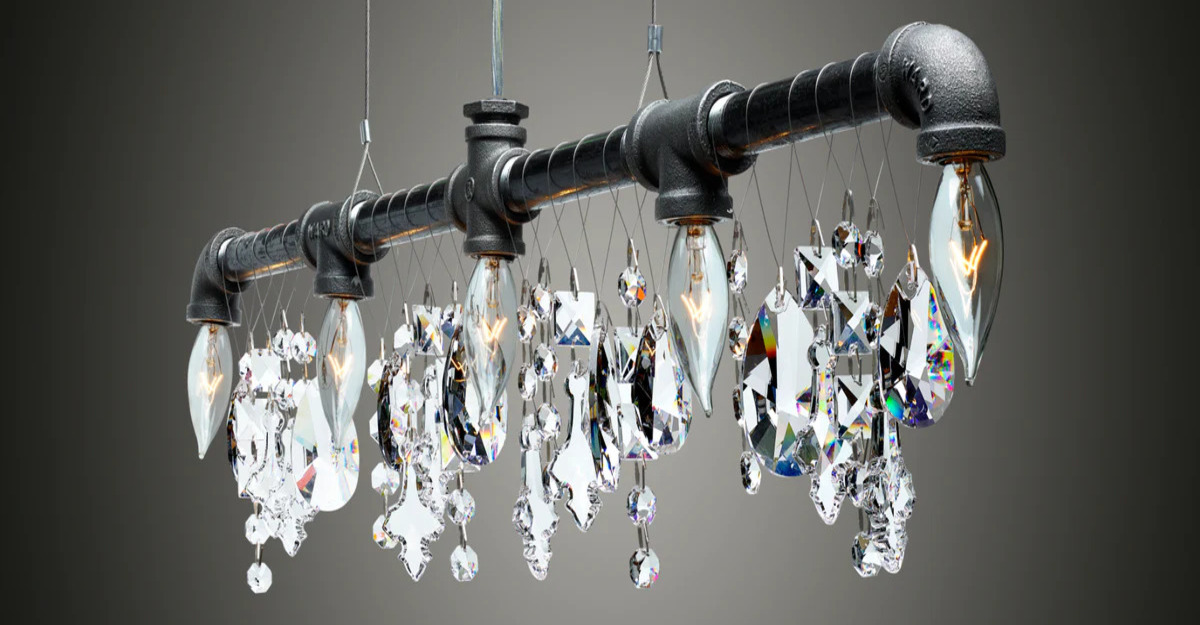
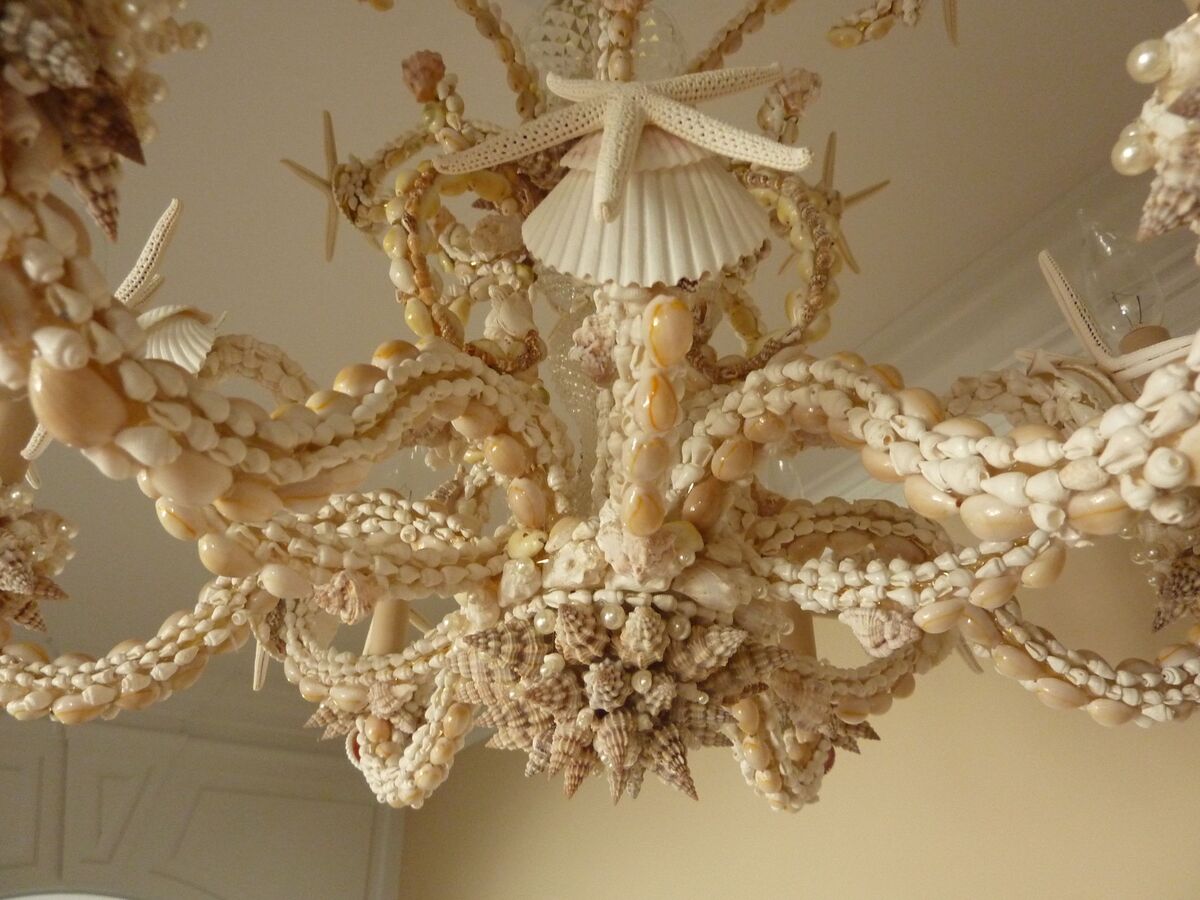
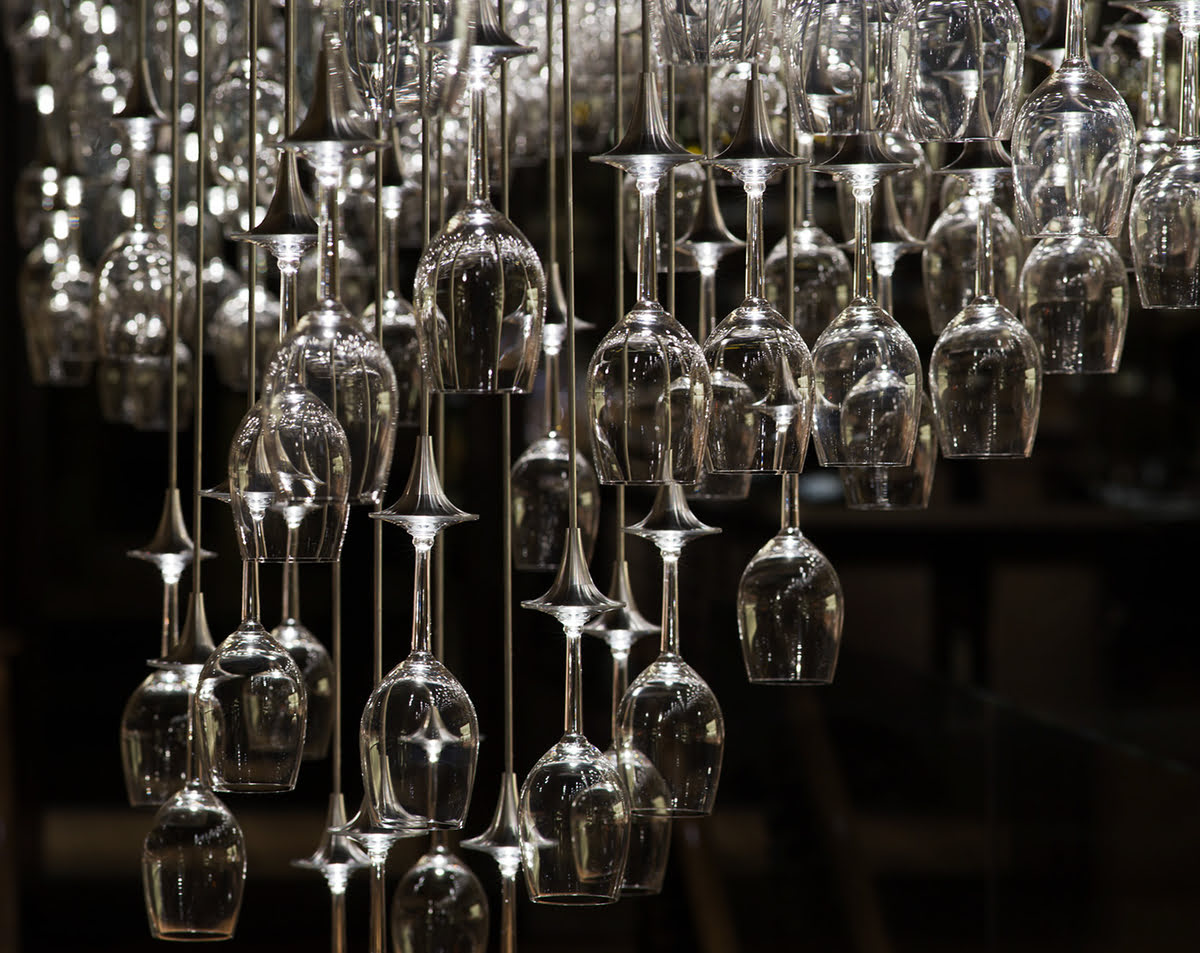
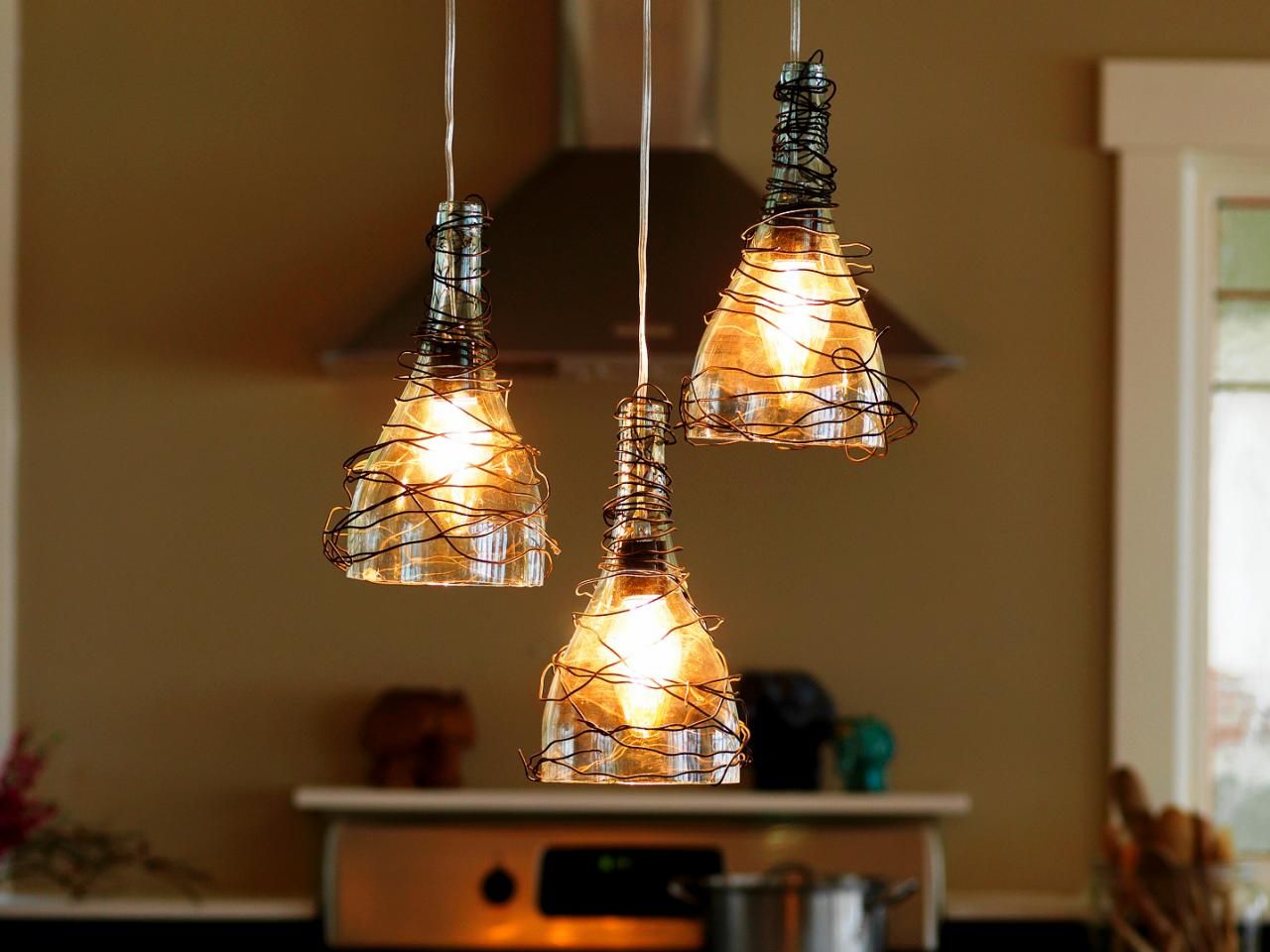
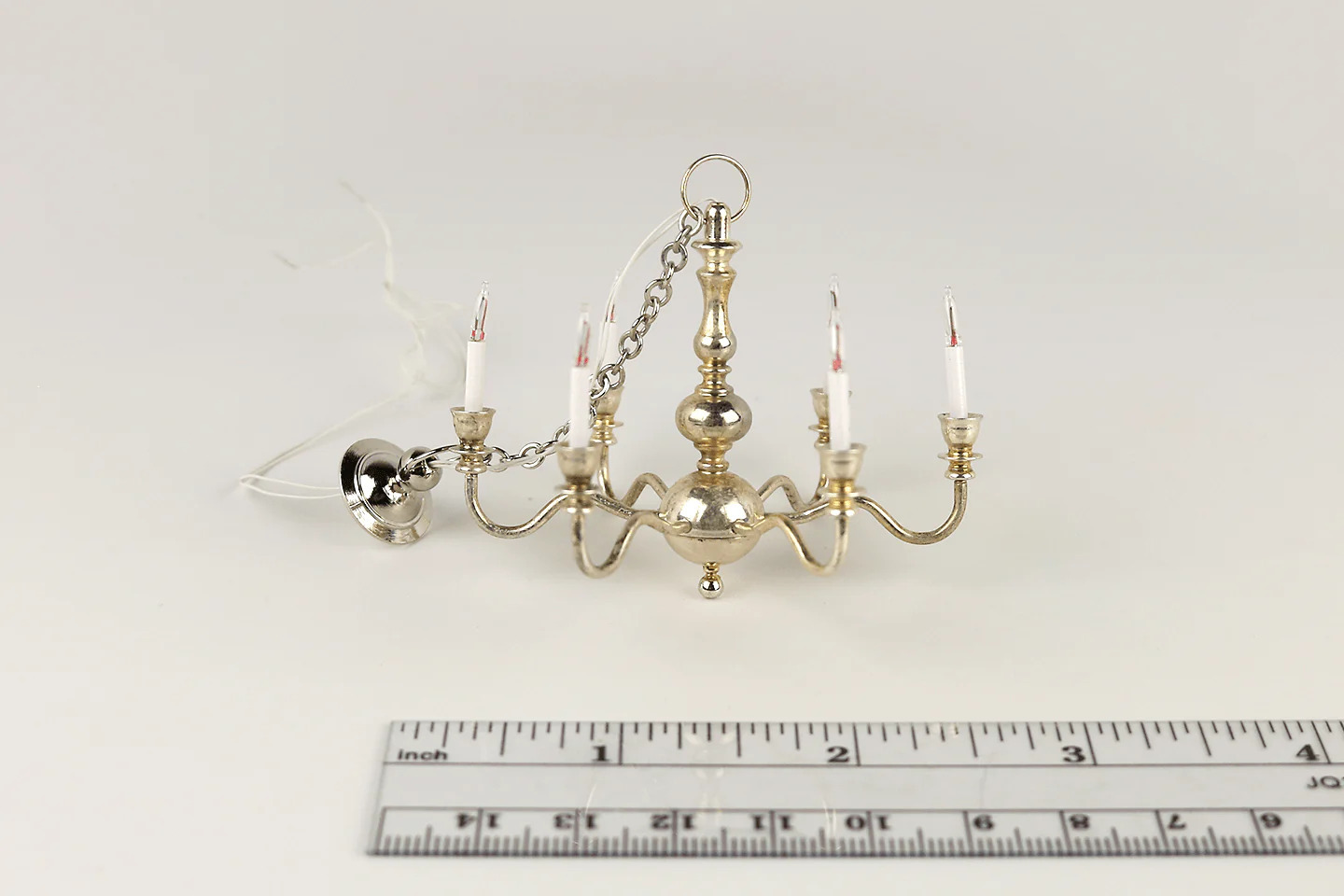
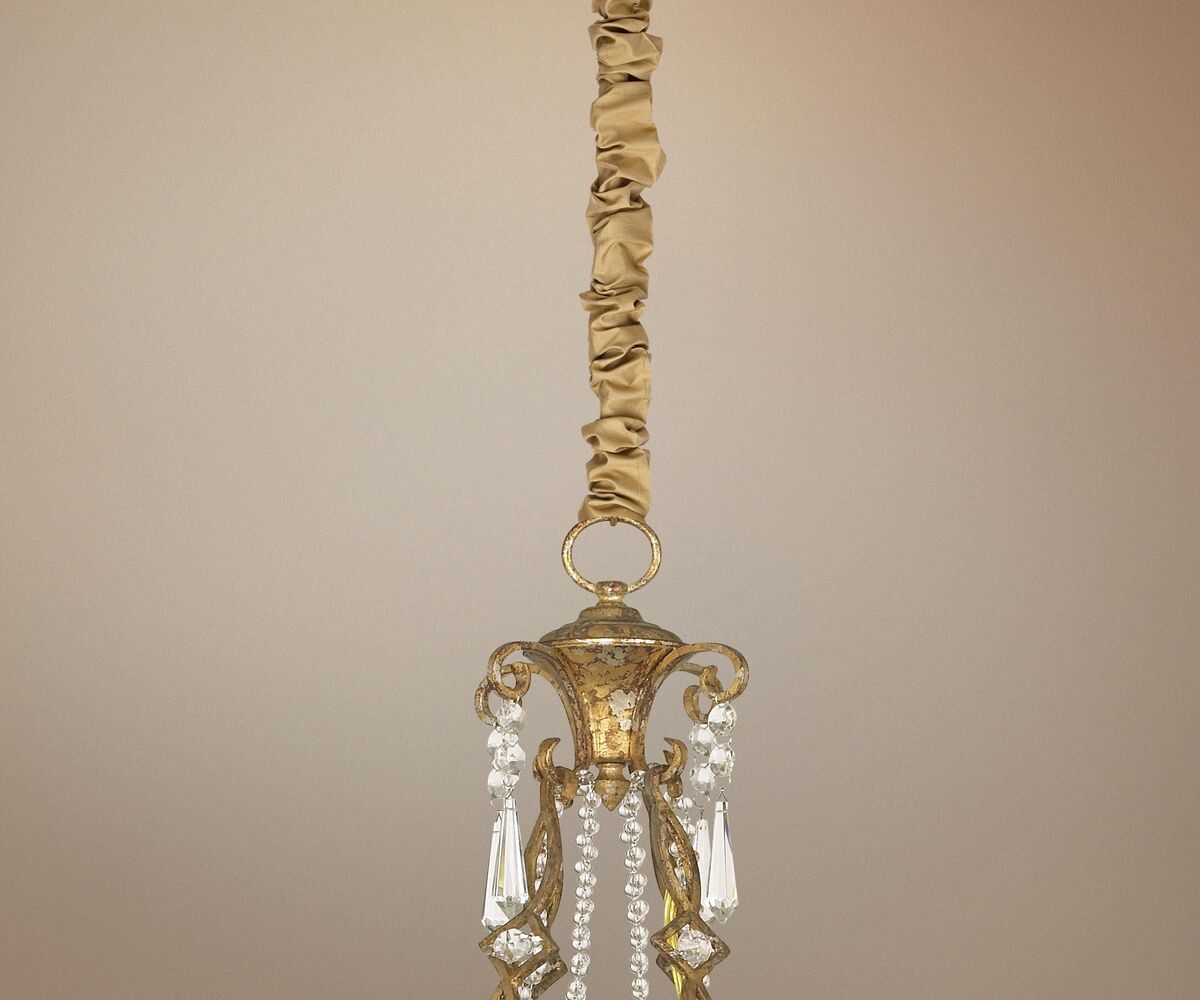
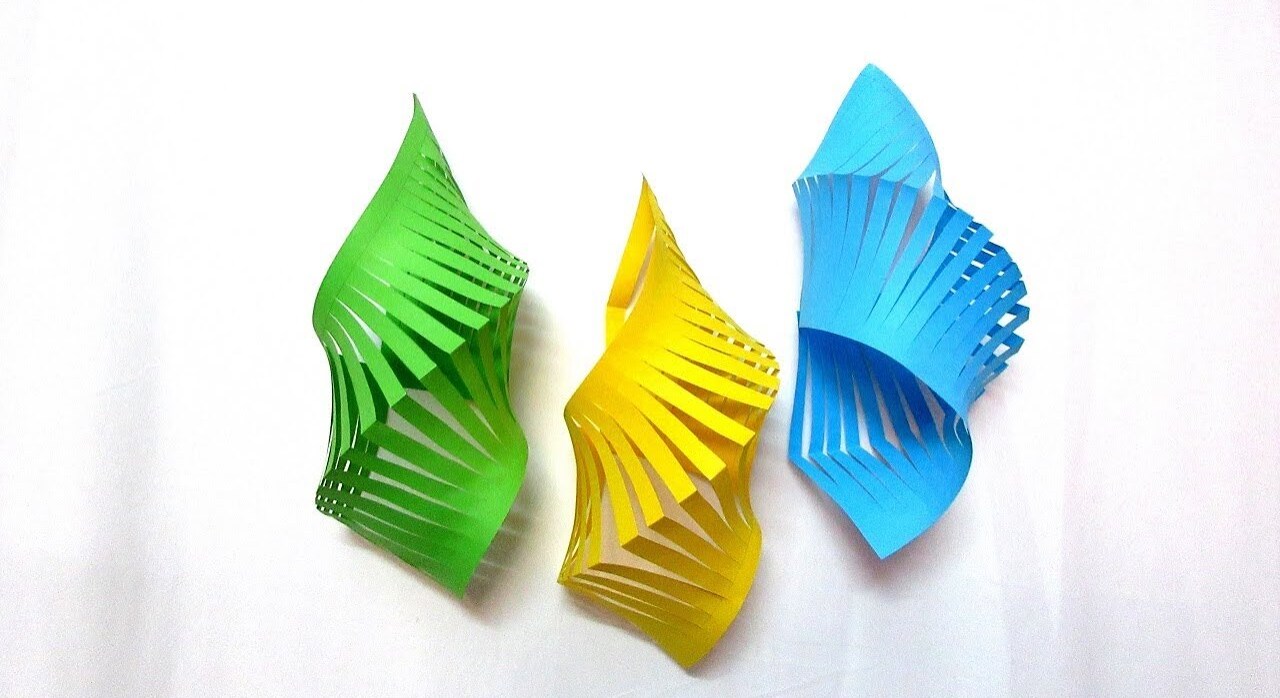
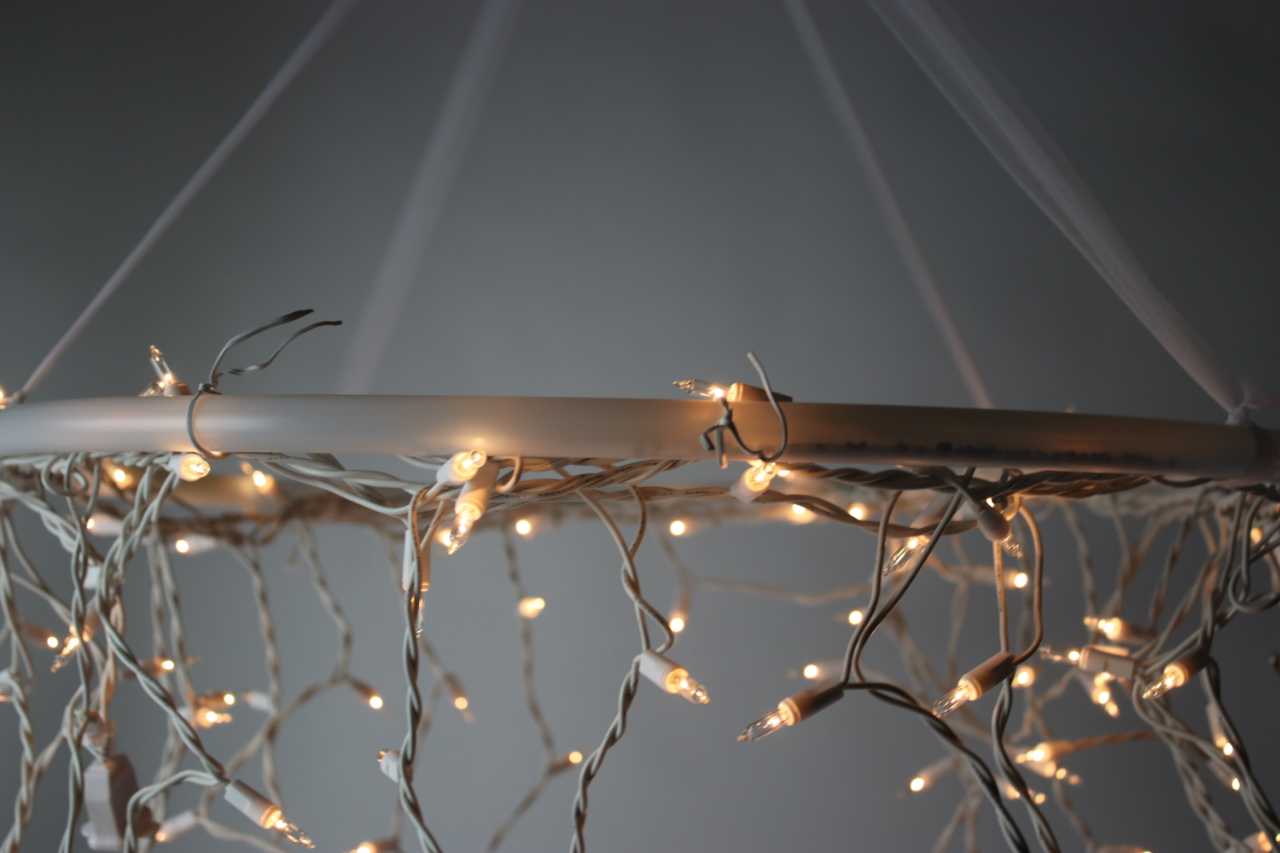
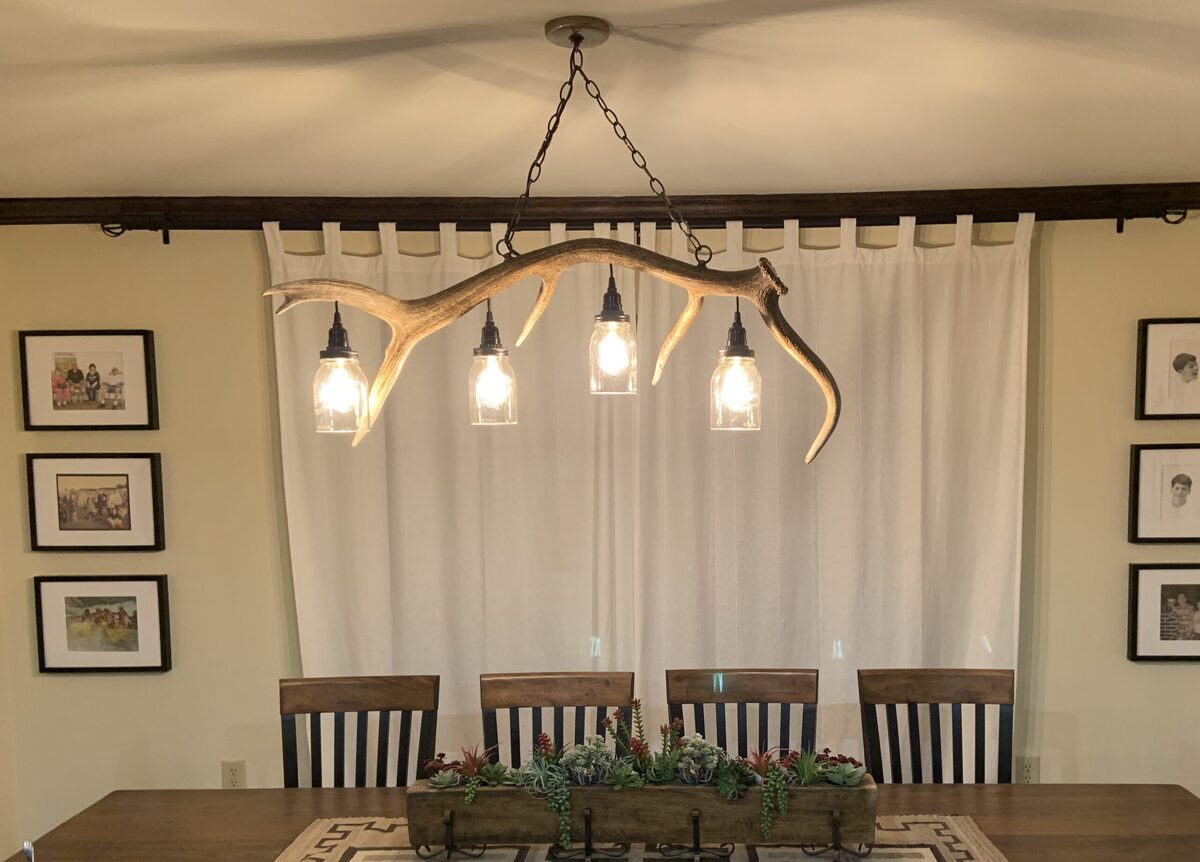
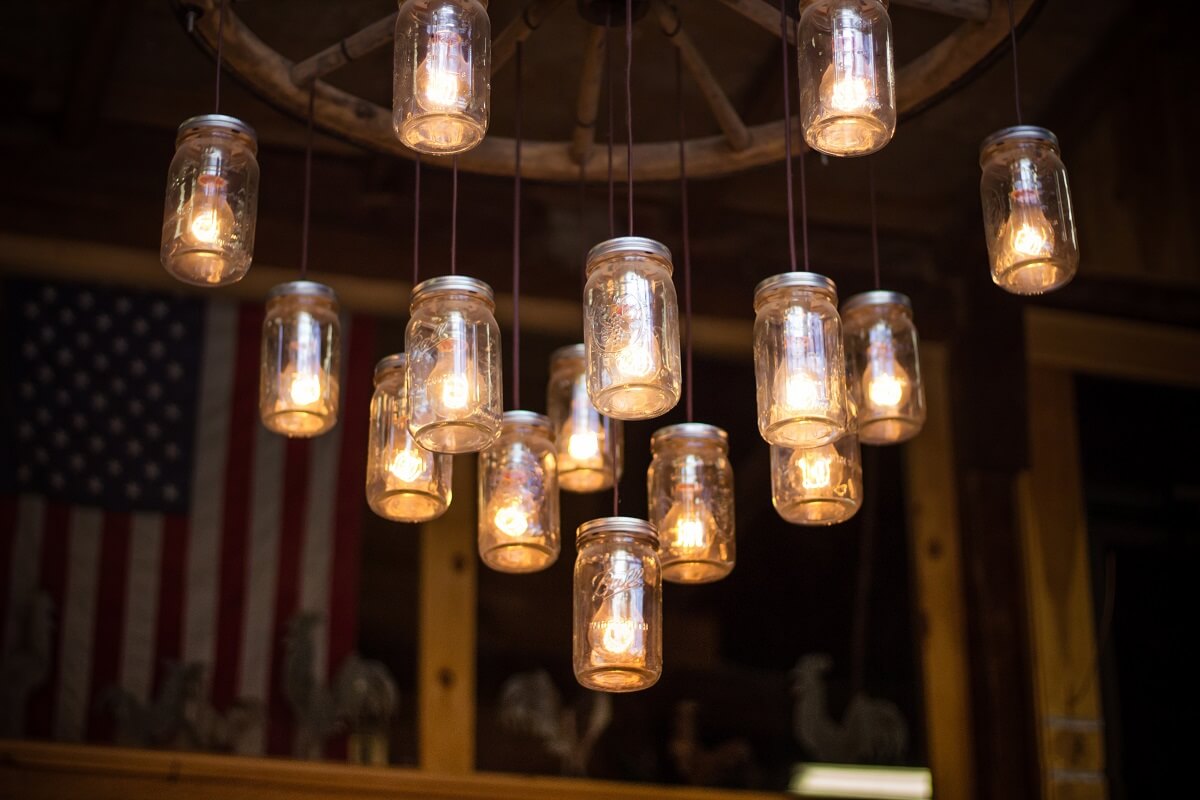
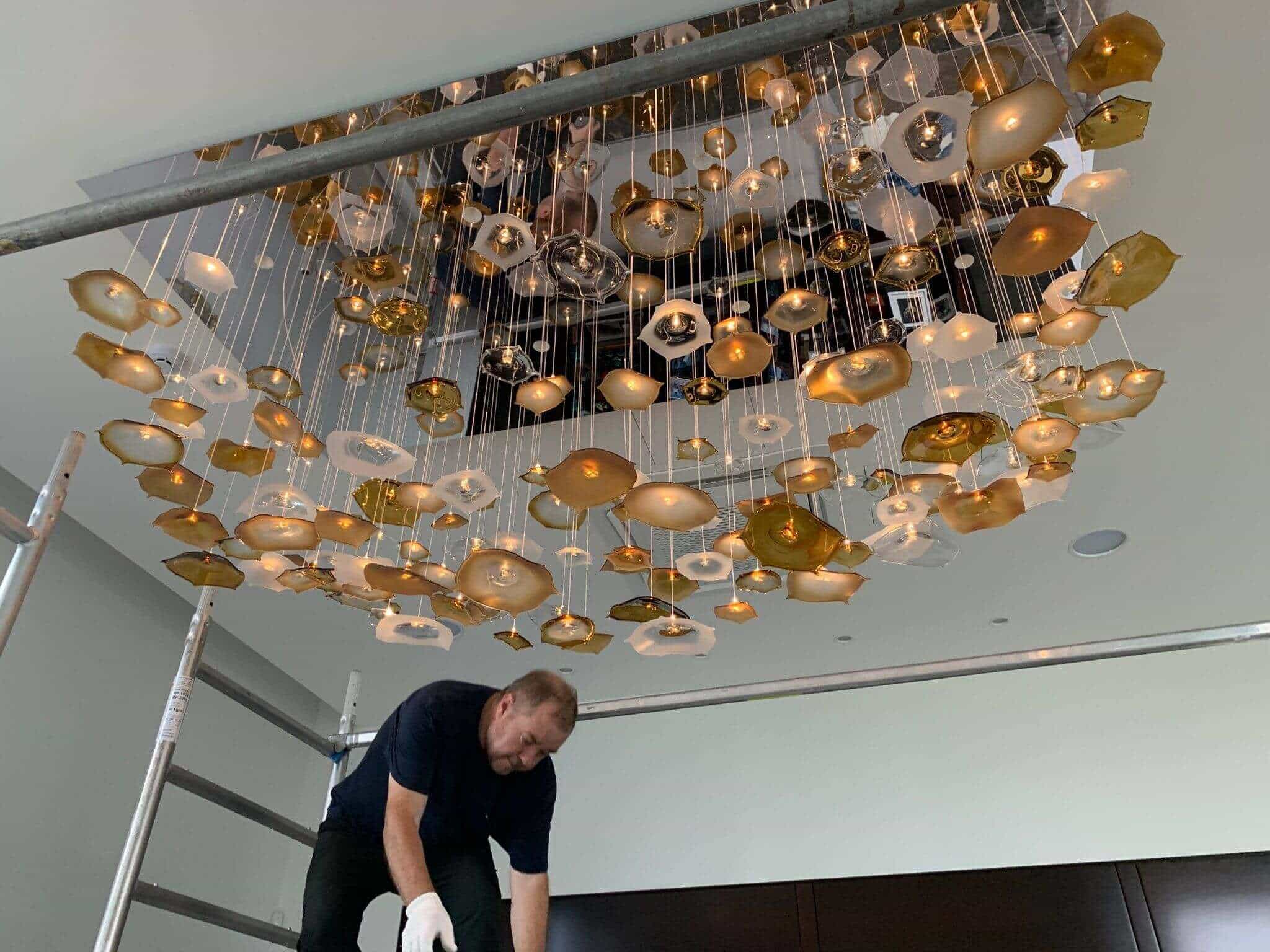

0 thoughts on “How To Make A Chandelier”